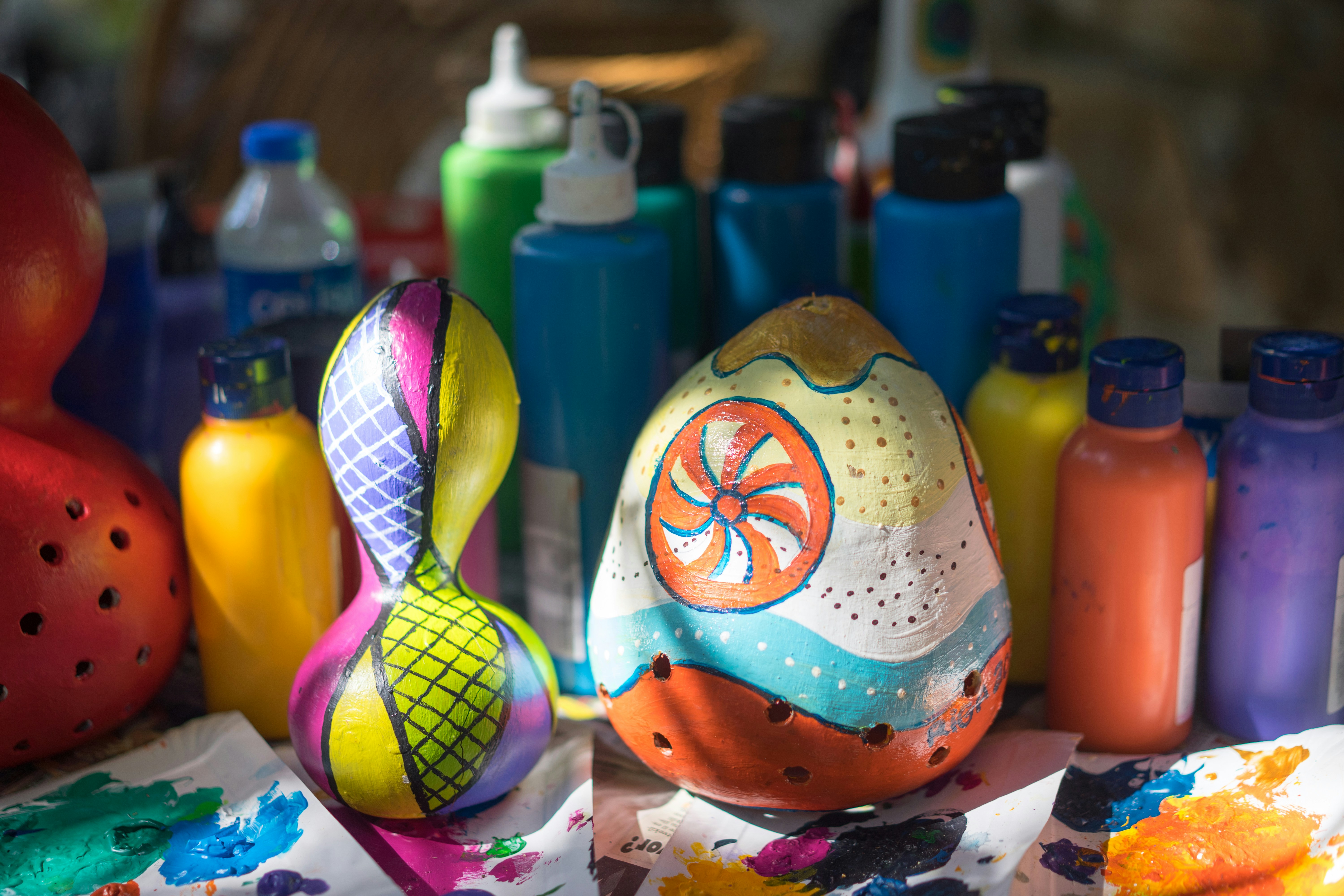Blog
The Significance of Gourds in Fall Decor As autumn approaches, many people start to think about how to bring the season into their homes, and gourds are particularly favored during the fall season. These colorful, versatile fruits can be found in a variety of shapes and sizes, making them perfect for a range of decorative…

Introduction to Gourds Gourds are versatile and vibrant additions to your home decor. These natural materials offer endless possibilities, making them an excellent choice for creative projects. Whether you grow them yourself or purchase them from local markets, gourds can be transformed into stunning decorations that enhance any space. 1. Centerpieces and Table Arrangements One…


